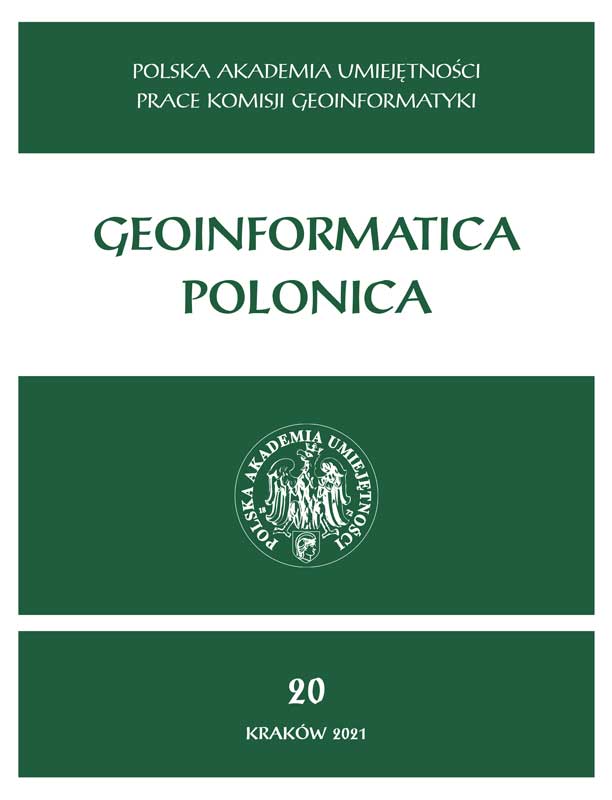Effectiveness Analysis of Spline Surfaces Creating Methods for Shell Structures Modelling
Effectiveness Analysis of Spline Surfaces Creating Methods for Shell Structures Modelling
Author(s): Grzegorz Lenda, Dominika SpytkowskaSubject(s): Geography, Regional studies, Environmental Geography, Applied Geography, Geomatics
Published by: Wydawnictwo Uniwersytetu Jagiellońskiego
Keywords: modelling; spline functions; NURBS; shell structures; laser scanning
Summary/Abstract: The shape of the surface of shell structures, measured by laser scanning, can be modelled using approximating spline functions. Since the 1990s, several modelling techniques have been developed: based on points, meshes, areas outlined on meshes, regions grouping areas with a similar structure. The most effective of them have been used in modern software, but their implementations differ significantly. The most important differences concern the accuracy of modelling, especially places with rapid shape changes, including edges. The differences also affect the mathematical complexity of the created model (the number of unknowns) and the time of its development. These factors contribute to the effectiveness of modelling. Some methods work fully automatically, others allow manual selection of certain parameters, there are also methods that require full manual control. Their selection and application is greatly affected by the user’s intuition and knowledge in the field of creating such surfaces. This study tested the influence of the above factors on the modelling efficiency. A total of six methods of creating spline surfaces were analysed in three software packages of different classes: Geomagic Design X, Solidworks and RhinoResurf. The analyses were carried out on a shell structure of complex shape, consisting of seven patches separated by edges. The created models were assessed in terms of their accuracy of fitting into the point cloud. Additionally, the complexity of the model expressed in the number of control points and the time of its development were determined. The results confirmed the validity of the four methods in terms of model fitting accuracy. The best results were achieved using the semi-automatic method in the most advanced software package and the manual method in the simplest package. This has confirmed the great importance of user experience in terms of theoretical properties of spline functions. However, complexity and development time did not show a direct relationship with the accuracy of the models created.
Journal: Geoinformatica Polonica
- Issue Year: 2021
- Issue No: 20
- Page Range: 41-53
- Page Count: 13
- Language: English

